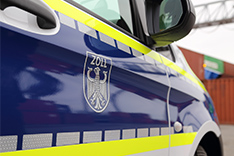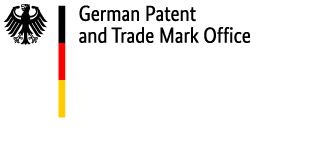Content
Enforcing your rights in practice – tips and tricks

Applying for border seizure
Customs stops counterfeited goods at the external borders, such as airports, thus preventing their further distribution. This way you can find out as soon as the goods are imported whether your rights might have been infringed.

If you want to apply for border seizure, you can do this with the German Customs’ Central Industrial Property Office via ![]() ”ZGR-online” (Central database system for the protection of property rights online). In this application you need to explain how customs can tell the original product apart from copies.
”ZGR-online” (Central database system for the protection of property rights online). In this application you need to explain how customs can tell the original product apart from copies.
How to detect potential infringements of rights
Detecting infringements is essential to effectively enforcing your rights. There are several options:
- Search the registers: Monitor new entries in public registers such as the DEPATISnet-Datenbank to see if third parties are trying to register a similar IP right.
- Perform internet searches using software: Many infringements of rights happen online. There is dedicated software that can detect forgeries, and you can also use search engines with pictures to search for websites with similar or identical pictures and discover potential copy right infringements.
- Ask your customers: If you suddenly receive a lot of negative reviews or complaints via your customer service might can be an indication for counterfeited products. Ask your customers for the purchase date and the distribution channel and whether the products have caused any damage.
Important: secure the evidence
Don't forget to secure the evidence for infringements of rights for subsequent legal action. You can either do this yourself or hire detective agencies or specialised attorneys.
Safe presentations: protective strategies for trade fairs

Some counterfeiters are able to copy successful products almost immediately. Sometimes they are even faster than the company itself and already have their copy registered under a different name during the trade fair.
Before the trade fair: planning is key
- Don't infringe the rights of others: Check that you are not infringing the rights of competitors in the respective country.
- Have proof of your own rights: Make sure you’re protected in the country of issuance (e.g. copyright, registered IP rights) and carry the proof (e.g. registry extract, date of creation) with you.
- Train your staff: The staff at your booth should know your company’s IP and be aware of what to do if they observe or suspect an infringement. Define who is responsible and how this person can be reached.
- Pay attention to exhibition priority: Displaying your technical solution or your design at a trade fair without exhibition priority can erode the novelty criterium and invalidate a later registration. Check if there are other possibilities to protect your creation at a trade fair before and/or after it is exhibited.
During the trade fair: stay vigilant and react quickly
- Keep an eye on the competition: Monitor new products by competitors and check whether they infringe your rights.
- React quickly to infringements: Consult a lawyer immediately. Some trade fairs offer a service for legal emergencies. Secure evidence such as booth number, time, brochures, product samples, photos or business cards – or get support from professionals.
- Don't reveal too much: Do not supply too much information about your inventions.
- Enforce the photo ban: Make sure that the photo ban at your booth is respected.
Picture 1: iStock.com/skynesher, DPMA, Picture 2: Zoll, Picture 3: istock.com/jotily
Last updated: 3 February 2025

Not only protecting innovations
Social Media